Kirsty Tulloch from Blackford says she feels lucky to have lived well with epilepsy since diagnosis in her teens, as medication kept seizures under control.
The Covid pandemic caused her first epilepsy seizures in 11 years – changing her health and some aspects of her daily life.
However, like many of the 55,000 Scots living with the neurological condition, Kirsty has overcome challenges to have a rewarding career and full life.
Here, to mark National Epilepsy Week, teacher Kirsty tells us:
- The impact on her life of seizures returning – including losing her driving licence
- How pupils gave her strength when she lost her hair
- 3 things that help her cope with epilepsy.
Kirsty was able to keep seizures under control with medication until Covid arrived.
Kirsty, 29, explains: “I’ve had catamenial epilepsy (known as menstrual seizures) for most of my life.
“But it has been under control with medication. I even began to think it was something I may have grown out of it.
“Then the stress of Covid triggered my seizures. In particular, the switch between working from home to working in school, the many restrictions and changes, seemed to trigger a seizure.
Emotional
“In January I got Covid and the epilepsy nurse told me lots of people with epilepsy had noticed more seizures.
“It wasn’t catching Covid that brought on my seizures, we think it was the stress of all the changes.
“I’ve gone from my late teens for over a decade without seizures. I was just popping a couple of pills a day and living a normal life, to now it completely impacting my life.”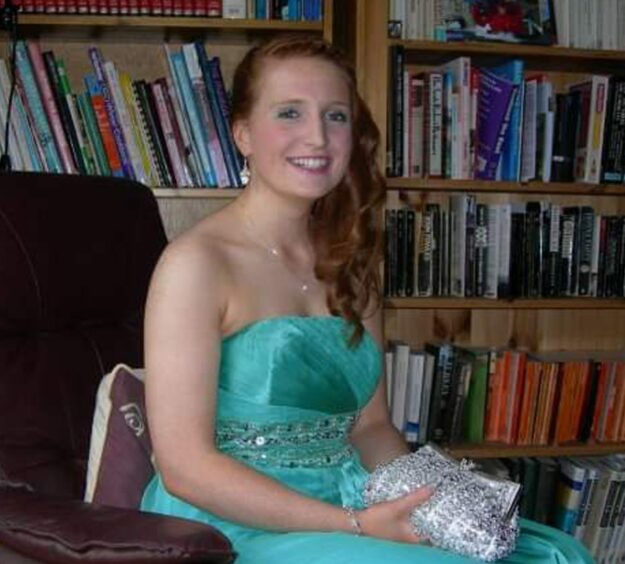
Not being able to drive to see friends and family has been a challenge for Kirsty.
After a seizure, you’re not allowed to drive for a year.
“It’s emotional because it’s almost like being re-diagnosed. It’s turned into a disability factor in my life.
Losing my licence
“When things started to settle down and we went back to school during the pandemic, I was almost seizure-free.
“I got back my ability to drive and my freedom. Then I got Covid and it brought my seizures back so I couldn’t drive again. For five months we’ve been trying to readjust my medication to find out how we can get it under control again.
“Living rurally, losing my driving licence, really curtails my freedom. Losing the ability to drive to see my family and friends is hard.”
Sleepwalking
Kirsty was 12 when she had her first seizure, she remembers.
“It was around the transition time of Primary 7 to first year,” she explains. “We’d just read a book in school, funnily enough, about a boy who had epilepsy and seizures.
“So when it started, the light and the ceiling in the room appeared to be moving up and down, I remember being quite calm and thinking I needed to focus on my breathing.
“I often feel me having a seizure is more frightening for my family,” she continues.
“They experience the worst of it because they see it and then deal with the aftermath, where I’m very confused and don’t really know what is going on around me.
“I compare it to sleepwalking.
Hair loss
“I was on a different epilepsy medication for two years before Covid came, and the side effect was I lost my hair and eyebrows.
“That was very difficult. I’ve always identified with the Disney character Merida in Brave, who has long red hair, so losing it was difficult.
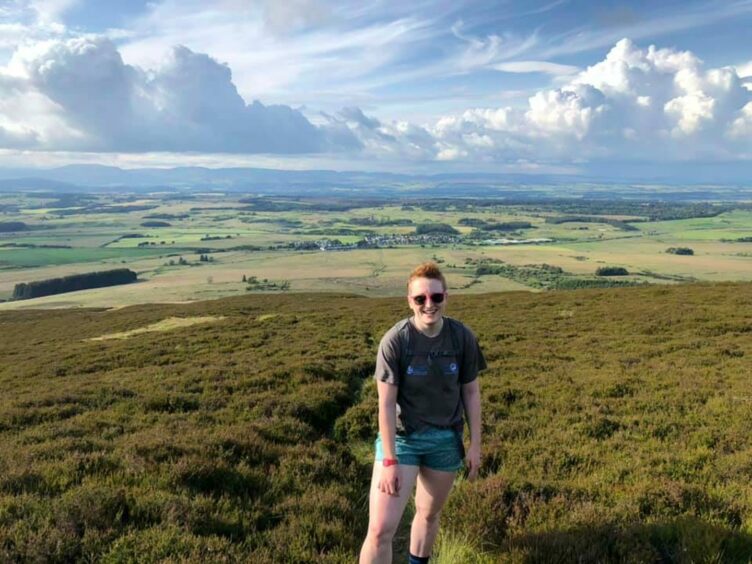 Kirsty, who has been a teacher for four years, explained her hair loss and condition to her pupils.
Kirsty, who has been a teacher for four years, explained her hair loss and condition to her pupils.
“We did it as part of a health and wellbeing lesson. I was very fortunate they were so empathetic and supportive,” she says.
“Remote learning was very difficult for everyone during Covid, wanting to support children and give them feedback and help them learn.
“But I want to show the children and others, if you’re able to, it is possible to live well with a health condition like epilepsy.”
‘Three things that help me battle back’
- Resilience: It has been key to getting through challenges as my lifestyle changed. Battling the power of the disability is hard. But I try to keep my own power and freedom to not let it get the better of me.
- Accept help: The condition doesn’t have to isolate you, there are support networks out there. People who love you want to help.
Exercise and getting into the great outdoors helps Kirsty manage her mental health. And take advice: We’re now looking at different medications to get my seizures under control again.
- Exercise: Running is a stress reliever for me. And though I haven’t been recently, I’m getting a watch with an ‘incident detection’ safety feature on it. It detects if you’ve fallen and will alert emergency services. Being independent and getting out running again without the worry will help my health.
“I’m very fortunate my epilepsy isn’t very bad and there are people suffering more than me. But keeping your determination up can help you through.”
- Click here for more information on Epilepsy Scotland.
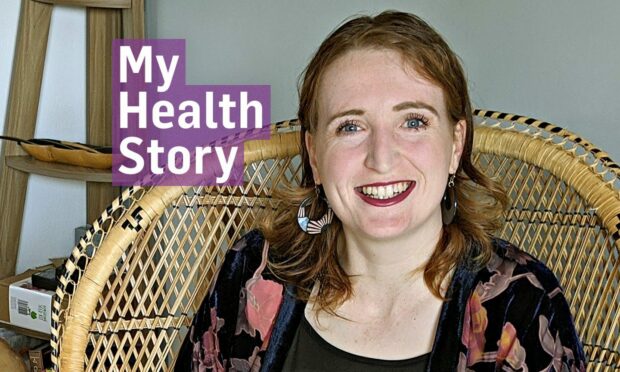
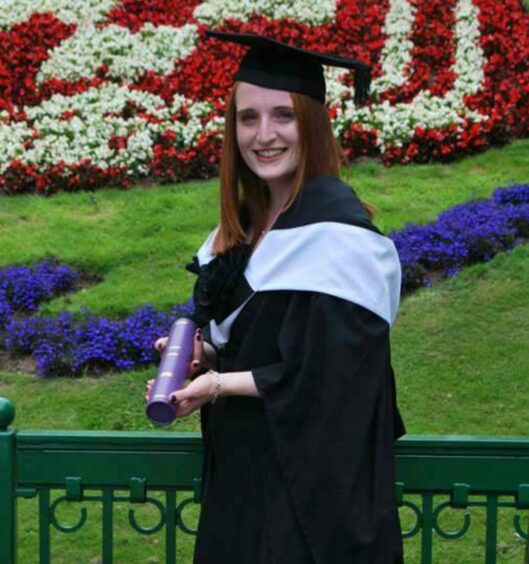
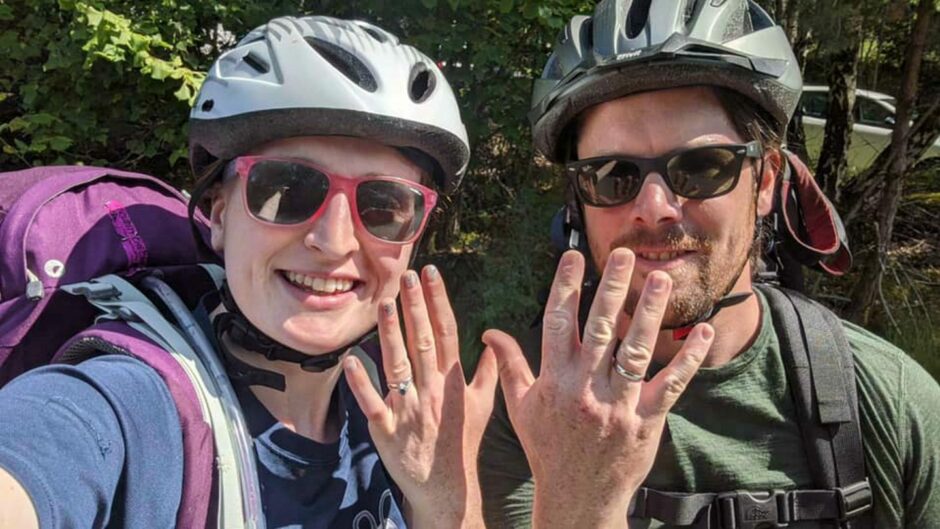
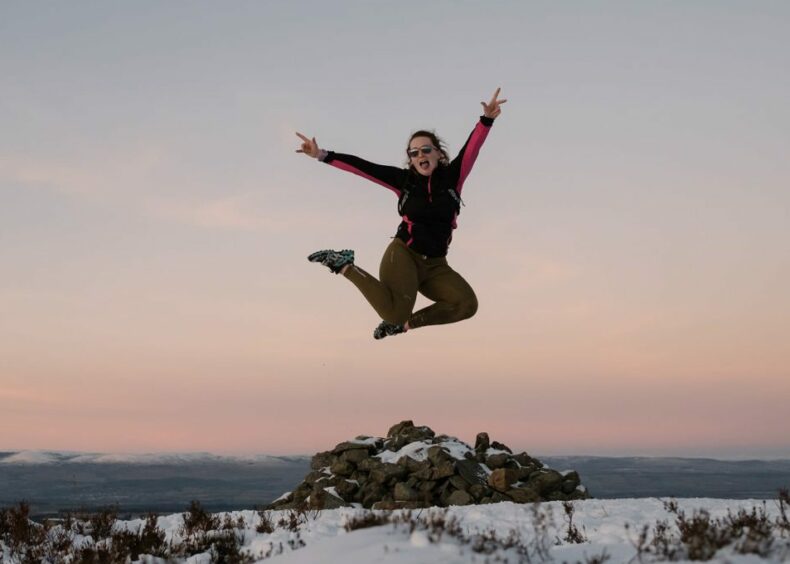
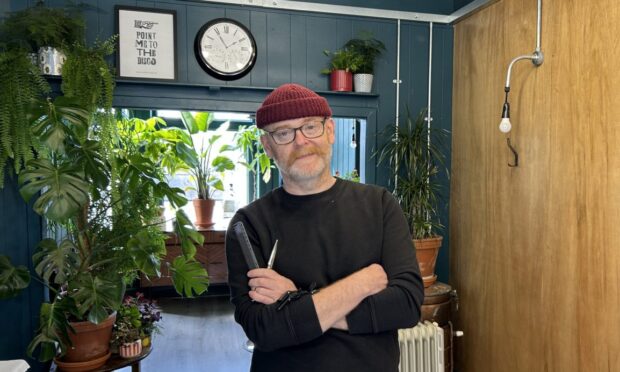
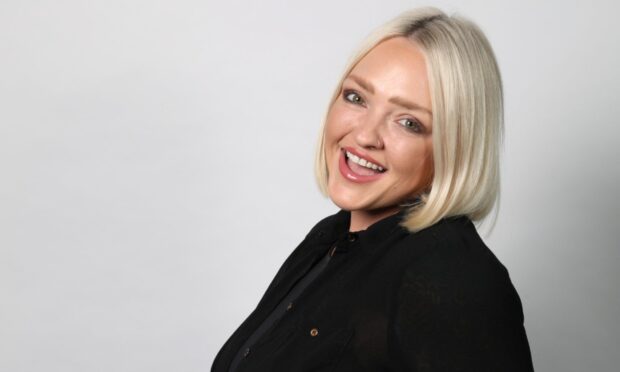
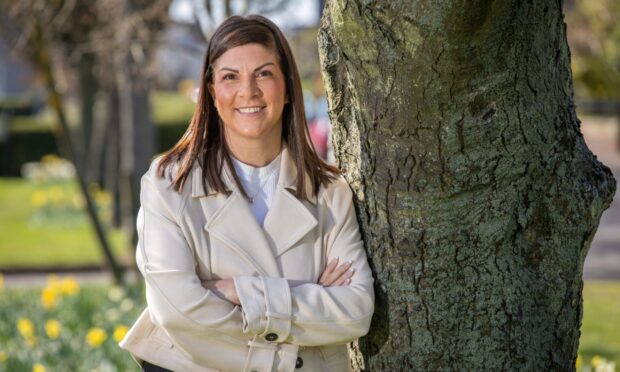

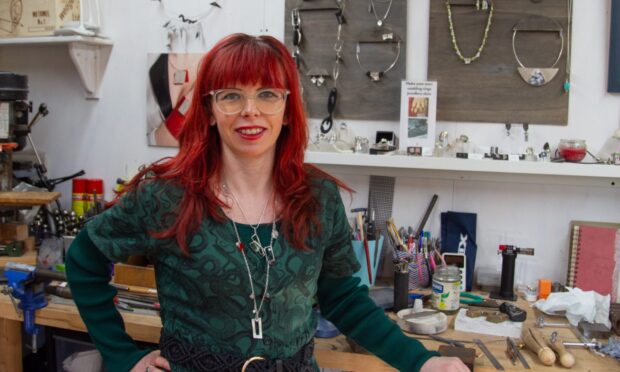
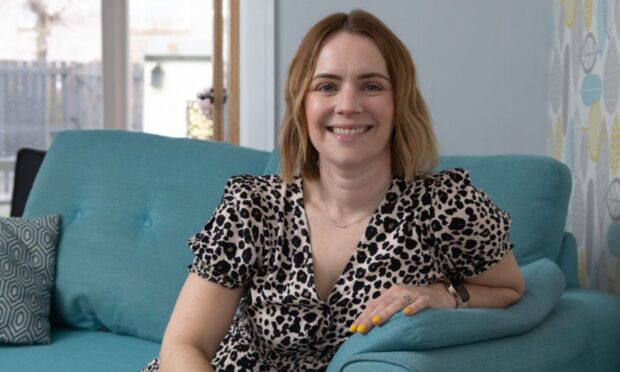
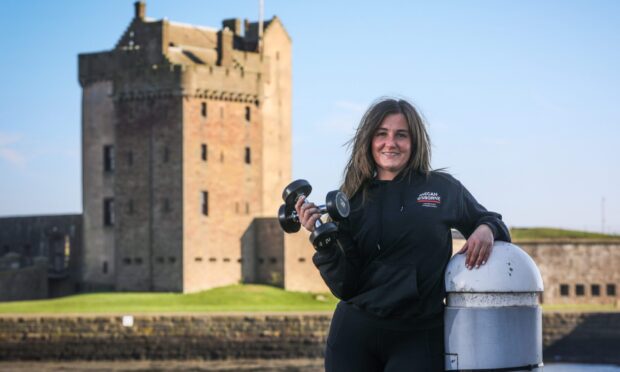
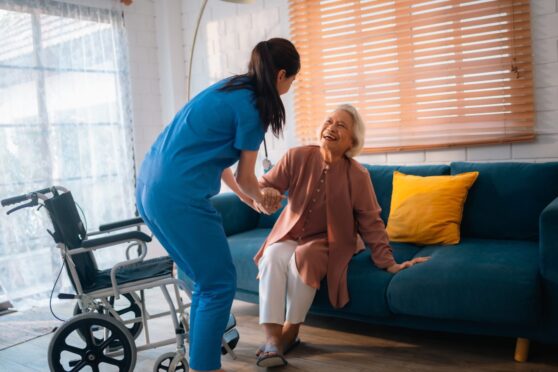

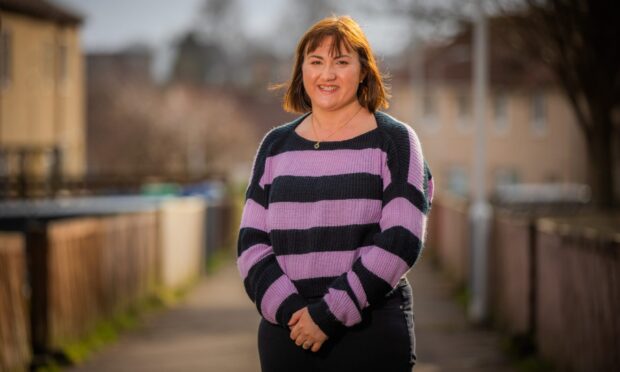
Conversation